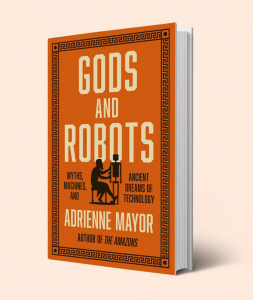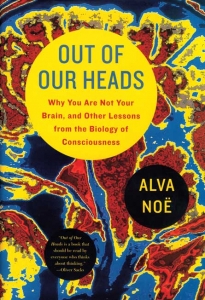“2062: The World That AI Made” with Professor Toby Walsh
Professor Toby Walsh is a world leader in the field of artificial intelligence, and has spent his life dreaming about machines that might think. He is a Professor of AI at the University of New South Wales and leads a research group at Data61, Australia’s Centre of Excellence for ICT Research. In this episode of Bridging the Gaps Professor Toby Walsh discusses his latest book ““2062: The World That AI Made”.
By 2062 there will be huge developments in the field of Artificial Intelligence and some researchers believe that by that time we will have built machines as intelligent as us. But what will this future actually look like? When the quest to build intelligent machines has been successful, how will life on this planet unfold?
In 2062, Toby Walsh considers the impact AI will have on work, war, politics, economics, everyday human life and, indeed, human death. Will robots become conscious? Will automation take away jobs? Will we become immortal machines ourselves, uploading our brains to the cloud?
What lies in store for homo digitalis – the people of the not-so-distant future who will be living among fully functioning artificial intelligence? In “2062: The World That AI Made” Professor Toby Walsh describes the choices we need to make today to ensure that future remains bright.
Complement this with fascinating discussion on Artificial Intelligence with professor Bart Selman “Artificial Intelligence: Fascinating Opportunities and Emerging Challenges” and the impact of technology on the future of work and humanity by visiting “The Technology Trap” and the future of work with Dr Carl Frey.



Connect With Us